Relaxation Techniques for Beginners
Here’s why relaxation techniques are so important:
Since we are wired for survival, our automatic “fight or flight” mechanism activates our bodies to fight a threat or get away to safety. That process is so effective, that it kicks in when we perceive a huge variety of situations as threats, whether harm is imminent or not. The physical response is designed to mobilize, where the biological by-product is meant to be promptly released. But without a need to respond physically, the stress hormones and chemicals circulating in our bodies have no where to go.
Under prolonged stress, we physically don’t get a break, and the body provides feedback to the brain that things aren’t ok. This signal gets caught in a loop – and without a concentrated effort to interrupt it, systems of the body begin to break down and illness develops. Here are a few techniques beginners can use to put the brakes on that vicious cycle and allow the body to return to a resting state where basic repair processes can happen.
Of course, if chronic stress is creating real problems for your health, your relationships, or your ability to function at work or school, you should seek out the assistance of a competent licensed mental health professional who can take you farther than relaxation exercises.
The Breath
Our lungs sit on top of a muscle called the diaphragm, which is like a partition between our chest and abdominal cavities. Surrounding the lungs are our ribs, with intercostal muscles between them.
When we use the diaphragm to expand and contract our lungs, we’re doing what we were born to do. Just take notice when you see an infant sleeping. The belly will deeply, rhythmically, rise and fall with each breath. That baby doesn’t have trunk control yet, doesn’t experience stressors like adults and older kids do, and doesn’t care if her belly looks “big”. She just goes on breathing without a care in the world.
As we develop, our intercostal muscles begin to engage and both types go to work. We need those intercostal muscles to help as we venture out into the world – think of our long, long ago ancestors. As we face a threatening situation, the intercostal muscles help bring in more oxygen by expanding the lungs more rapidly. That oxygen goes to the large muscle groups responsible for getting us away from danger. In theory, once the threat is gone, we should be able to return to a slower diaphragmatic breathing pattern, as it’s more efficient and uses less energy. In our times, though, it’s not that simple and sometimes we need techniques to put the brakes on that cycle.
With practice, these relaxation techniques can bring fast relief when you’re in a pinch.
Abdominal Breathing
Place one hand on your chest and one on your abdomen. As you breathe in, aim the breath toward your belly, and watch the hand on your abdomen rise and fall, while the hand on your chest remains relatively still. Do this for a timed interval – beginners can start with one minute at a time, and increase by one minute every few days. Do twice per day for scheduled practice, and insert into your routine when you need a quick calming technique.
Counting With The Breath
Place all your attention on the breath moving in and out through your nose. Breathe in through the nose for a count of four. Hold briefly, then exhale slowly for a count of 6-8 (don’t speed up the tempo of counting!). A full cycle of this should take at least 20 seconds. Do this for 5-10 cycles, twice per day, and as needed for emotional regrouping during stress.
Alternate Nostril Breathing
With your thumb, close the right nostril completely while you inhale fully through the left. Release the right, and with your forefinger, close the left while you exhale fully. Do this for 5-10 cycles, twice per day and as needed for quick calming.
The Body
That fight or flight response is designed to activate our muscles in threatening situations. Muscles need to contract to exert force, then under peaceful situations should go back to a relaxed state once a threat has passed.
Under prolonged stress, the body doesn’t get a break, and provides feedback to the brain that things aren’t ok. The stress signal gets caught in a loop between the mind and body, and without a concentrated effort to interrupt it, chronic musculoskeletal pain and other illnesses develop.
Progressive Muscle Relaxation
Your muscles can’t be relaxed and tense at the same time. That’s why when you tightly flex then release a muscle, it gets a chance to soften. With enough repetition, your muscles will “learn” to relax more easily.
Start by making a tight fist, holding for a few seconds. Let it go, and notice the difference in sensation. Do the same for each muscle group, working your way up or down the body. Repeat for any muscle group that has trouble releasing. This should take 20-30 minutes for a thorough exercise. Do it briefly on the go on problem areas.
Body Scan
This can be an impromptu exercise or scheduled practice. Many of us have problem areas where we hold tension in our bodies more than other areas. It may be your head, neck and jaw, possibly your shoulders, your back, your hands. For an on-the-spot method, take a few moments to quiet your mind and move your awareness to the problem area. Release any tension you find. Do this as often as necessary, since it’s likely the tightness will return soon if your mind is elsewhere.
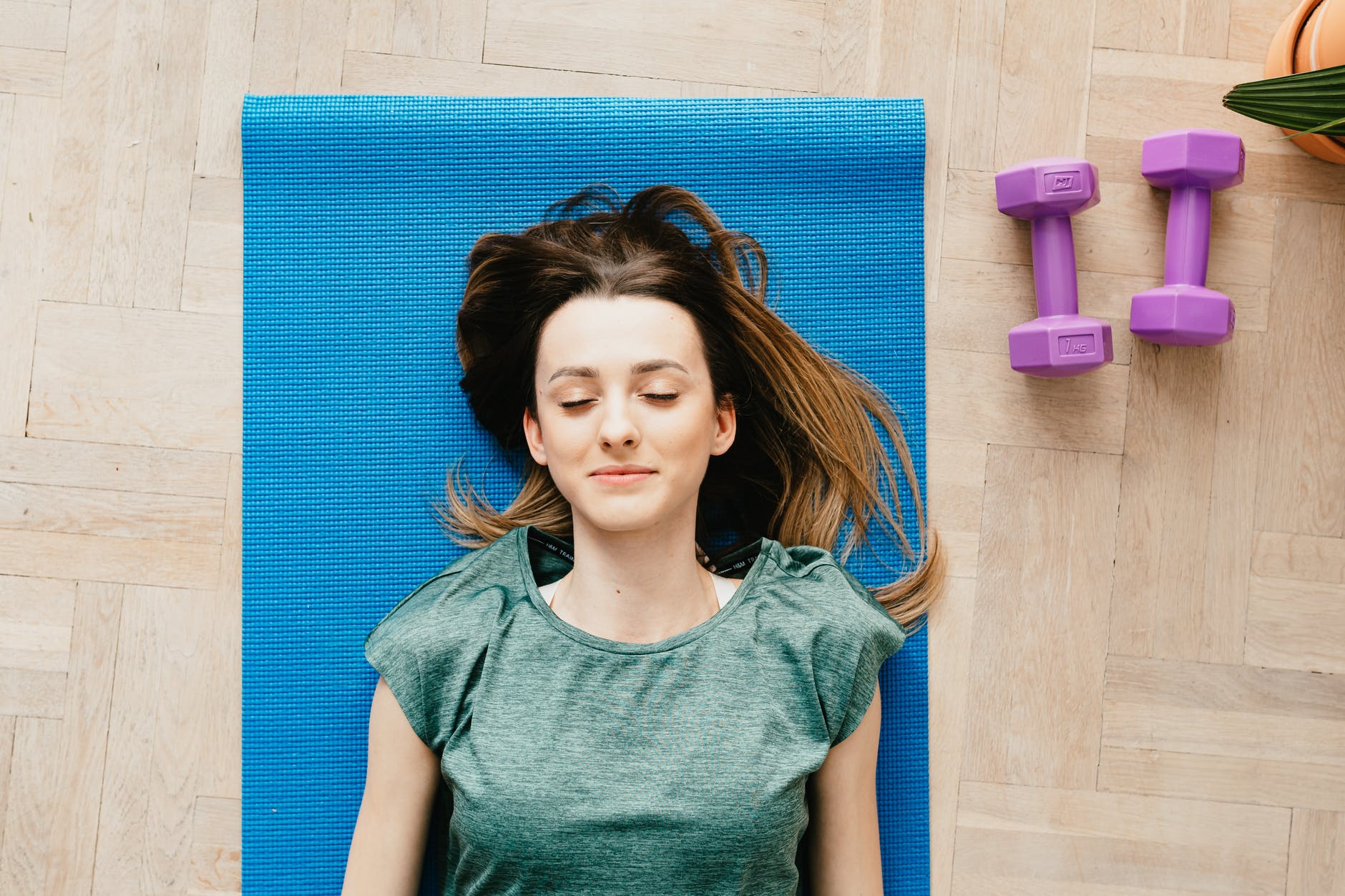
For a scheduled daily practice, you may need to first recognize feelings of where your body comes in contact with the floor, chair, any surfaces or objects that touch you. Then, starting with your toes, gradually take careful note of the sensations in each area. Release tightness or clenching you find anywhere, then move up to your calves, knees, thighs, all the way up to your head. This should take about 20-30 minutes if done carefully and thoroughly.
Yoga
Many people don’t equate doing something challenging with relaxation techniques, but it’s one of the most tried-and-true methods of reducing stress out there.
Combining breath and body work, yoga anchors your attention to the present moment by focusing you on balance, breath control and positioning in order to do poses correctly. You don’t have to turn yourself into a pretzel, there are plenty of beginner poses. This website provides more thorough descriptions of each pose. If you really want to learn how to do yoga, check it out.
Keep in mind, the model in the photographs demonstrates the ideal form in someone with experience. If you’re new to it, you won’t look like her, just adapt to your ability. As your balance and strength increase, you can move to more advanced postures. Here are a few examples with highlights:
Mountain pose is the foundation for all the standing poses. Standing tall, draw your abdominals in while pressing your shoulders down, and envision your head being gently pulled upward to the sky. This begins the process of balancing and grounding needed for those that build off it.

Plank is very popular right now, outside of yoga circles included. Start with a modified version with your elbows, forearms and hands on the floor, for short intervals of time. Start with ten or fifteen seconds, and build up as your strength increases.
The Warrior Pose sequence involves starting from mountain pose, take one step forward, bending the front knee comfortably. For Warrior 1, lift your arms above your head with your palms together, and gently bend back/upward, with your eyes pointing up and toward the space almost behind you.

The next step is Warrior 2, where you return to an upright stance, and bend your forward knee so it is aligned with your foot. Turn your torso to face the direction of your feet and reach your arms out to the side for a good stretch. Turn your gaze toward and beyond the fingertips on your front arm. Hold for 8-10 breaths.
The Senses
Automatic pilot, we’ve all been there. Driving down the road and thinking “Did I pass that bridge? Wait, where am I”? Or doing a repetitive task and having your mind in a completely different place, at a completely different time, somehow you still got the job done.

Or, you’re searching for the mayo in the fridge and repeatedly looking past it not noticing it’s right in front. You’re here, but you’re not “here”. It’s amazing what we’re capable of doing without conscious attention. We’re robots completing tasks that have been programmed into us from years of practice. If we’re not even noticing things going on in front of our noses, imagine how much is going on within us we are completely oblivious to.
To get back to the “now”, mindfulness meditation is a great technique. Mindfulness refers to filling the mind with what’s in the here and now – not cluttered with thoughts. There are two directions you can take it, one uses something in the present environment to keep you anchored. The other is opening up awareness to all that exists in your surroundings. Each can be done as a scheduled practice for a prescribed length of time, or on the spot to ground you in the moment.
Mindfulness – Concentrated/Focused Awareness

For concentrated, focused awareness, choose something your senses are detecting for your full attention. When practicing mindfulness, consider the breath, a sound, something visual, etc. an anchor. Each time you realize your mind has drifted or jumped to something else, gently return your focus to your object. The key is suspending judgement about things that come to mind. Just acknowledging where your mind went and returning to the moment is key. A more thorough description of this technique can be found here.
With more open awareness, you are taking in all your surroundings – really detecting your presence right there where you are. As with concentrated awareness, you are suspending judgement and returning to the moment each time you discover your mind isn’t “there” with you. Some people may find this one more difficult to sustain over a period of time, so starting with an object of focus may be a way to build up to this type.
These are some of the most commonly used methods to slow down that stress response that can cause so much damage. As I said before, you should seek the support and assistance with a trained expert when a deeper dive into life challenges is warranted.
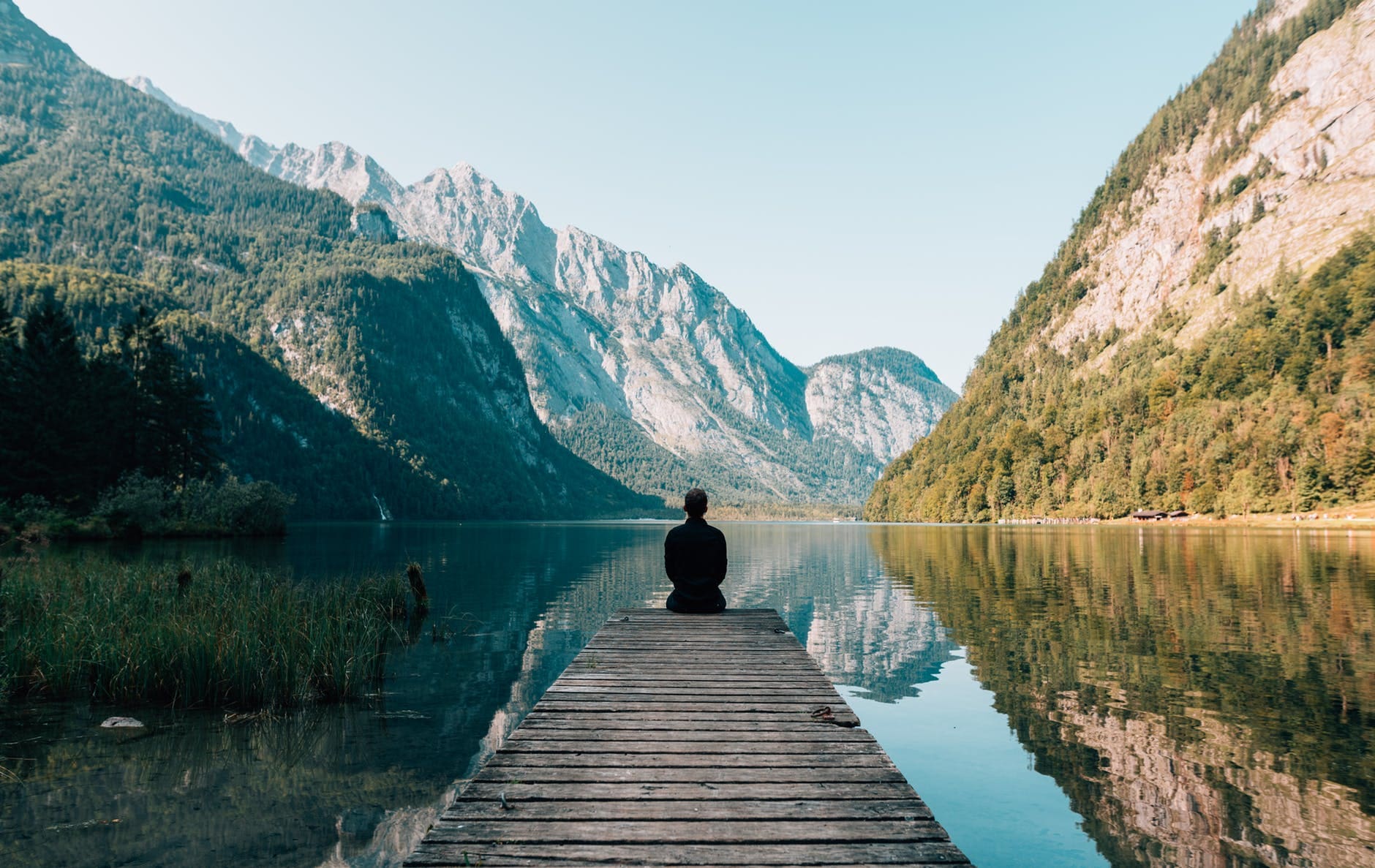
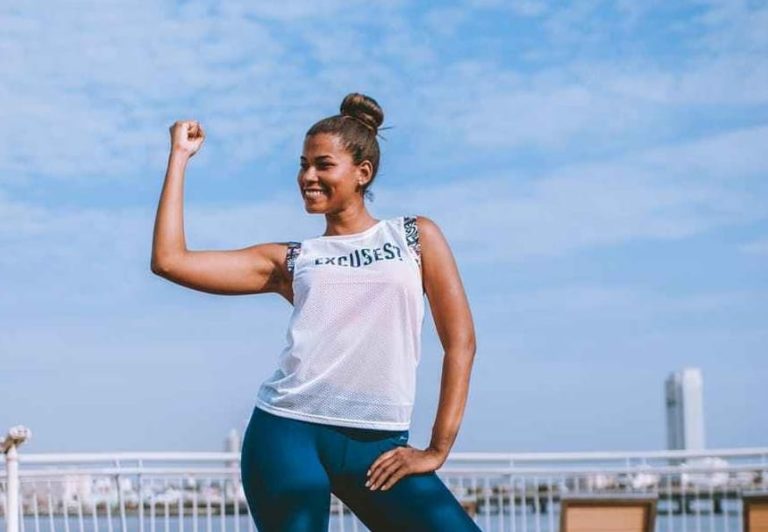
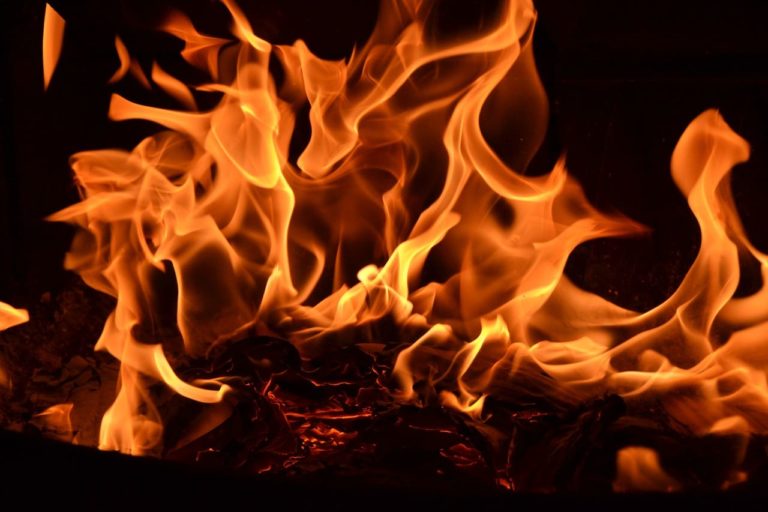



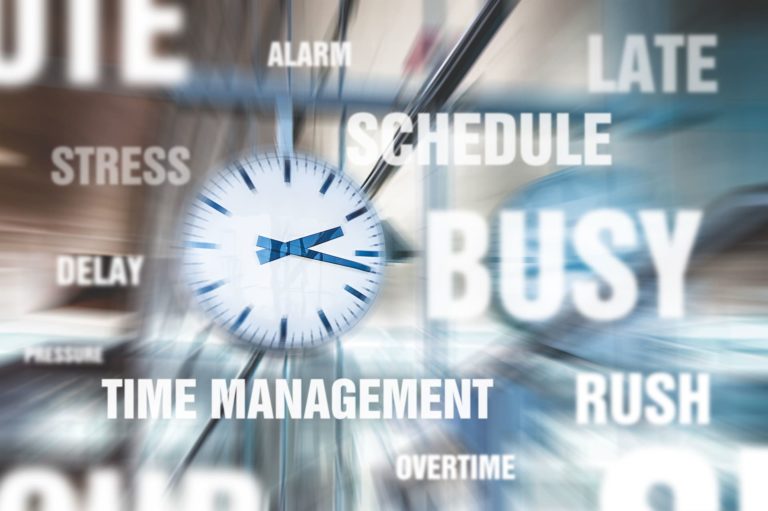
5 Comments